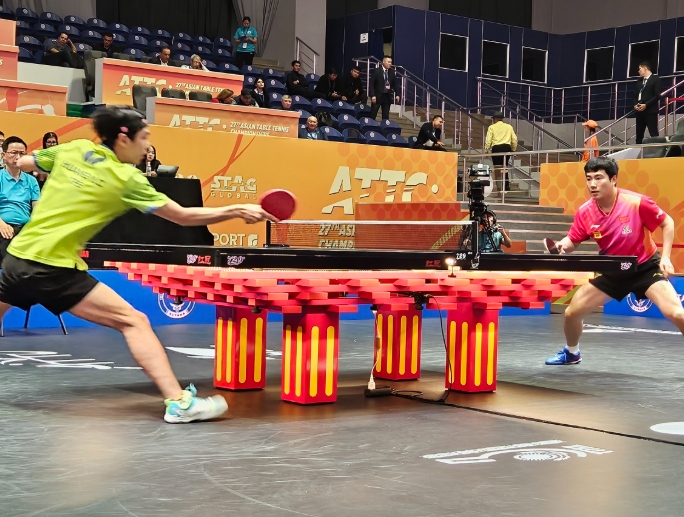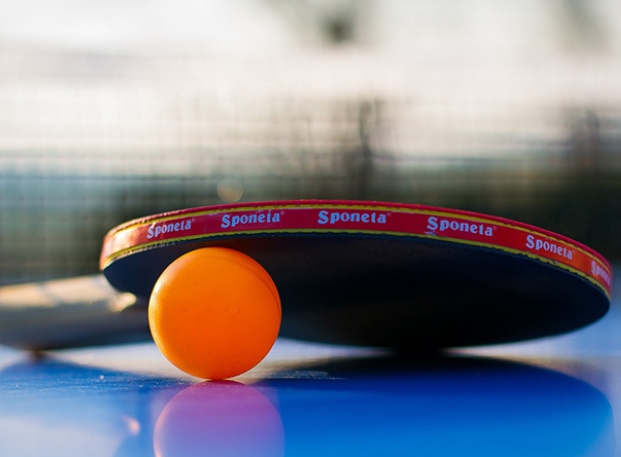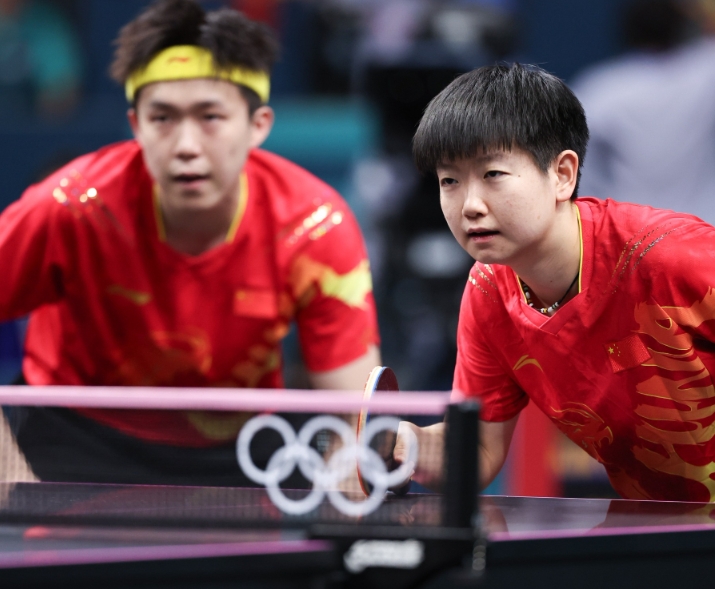Table tennis, often referred to as ping pong, is a game that demands both skill and strategy. One of the most crucial aspects of this sport is the serve. A well-executed serve can set the tone for the entire match, putting your opponent on the defensive and giving you a significant advantage. Here are 10 essential table tennis serve techniques that can elevate your game to the next level.
1. Pendulum Serve
The pendulum serve is one of the most popular and effective serves in table tennis. It involves a circular motion of the arm, similar to a pendulum, which generates significant spin on the ball. This serve can produce both topspin and sidespin, making it difficult for opponents to predict the ball's trajectory. To execute a pendulum serve, start with a backswing that moves in a circular motion, and make contact with the ball at the lowest point of the swing. The key is to use your wrist and forearm to generate power and spin.
2. Reverse Pendulum Serve
The reverse pendulum serve is a variation of the classic pendulum serve. Instead of moving your arm in a clockwise direction, you move it counterclockwise. This serve produces a strong sidespin that can catch your opponent off guard. The reverse pendulum serve is particularly effective because it offers a different type of spin compared to the regular pendulum serve, making it harder for opponents to read.
3. Chop Serve
The chop serve is designed to produce heavy backspin, making it difficult for your opponent to attack the ball aggressively. To execute a chop serve, use a downward motion with your racket, slicing under the ball to create backspin. This serve is especially useful for keeping your opponent at bay and setting up your next shot.
4. Corkscrew Serve
The corkscrew serve, also known as the backhand serve, is a deceptive technique that can produce a combination of backspin and sidespin. This serve is executed by using a backhand motion, which can be challenging for opponents to read. The key to a successful corkscrew serve is to maintain a consistent contact point and use your wrist to generate spin.
5. Shovel Serve
The shovel serve is a unique technique that involves a forward flick of the wrist, similar to using a shovel. This serve can produce a combination of topspin and sidespin, making it difficult for your opponent to predict the ball's bounce. The shovel serve is particularly effective when executed with precision and can catch even the most experienced players off guard.
6. Tomahawk Serve
The tomahawk serve is named for its chopping motion, similar to a tomahawk. This serve can produce a strong sidespin and is executed by using a downward chopping motion with your racket. The key to a successful tomahawk serve is to maintain a consistent contact point and use your wrist to generate spin. This serve is particularly effective for creating confusion and keeping your opponent on the defensive.
7. Reverse Tomahawk Serve
The reverse tomahawk serve is a variation of the classic tomahawk serve. Instead of a downward chopping motion, you use an upward flicking motion to generate spin. This serve can produce a combination of topspin and sidespin, making it difficult for your opponent to predict the ball's trajectory. The reverse tomahawk serve is particularly effective because it offers a different type of spin compared to the regular tomahawk serve.
8. Backhand Tomahawk Serve
The backhand tomahawk serve is a variation of the tomahawk serve that uses a backhand motion. This serve can produce a strong sidespin and is executed by using a downward chopping motion with your racket. The key to a successful backhand tomahawk serve is to maintain a consistent contact point and use your wrist to generate spin. This serve is particularly effective for creating confusion and keeping your opponent on the defensive.
9. Ghost Serve
The ghost serve is a deceptive technique designed to hide the spin on the ball. This serve involves a subtle motion that makes it difficult for your opponent to read the spin. The key to a successful ghost serve is to use a light touch and minimal motion, making it appear as if there is no spin on the ball. This serve is particularly effective for catching your opponent off guard and creating opportunities for easy points.
10. Float Serve
The float serve is designed to produce minimal spin but significant speed. This serve involves a forward motion with your racket, focusing on speed rather than spin. The key to a successful float serve is to maintain a consistent contact point and use your arm and shoulder to generate power. This serve is particularly effective for creating pressure on your opponent and setting up your next shot.
Mastering these 10 table tennis serve techniques can significantly improve your game. Each serve offers unique advantages and can be used to keep your opponents guessing. By incorporating these techniques into your practice routine, you can develop a versatile and effective serving arsenal that will give you a competitive edge on the table.


